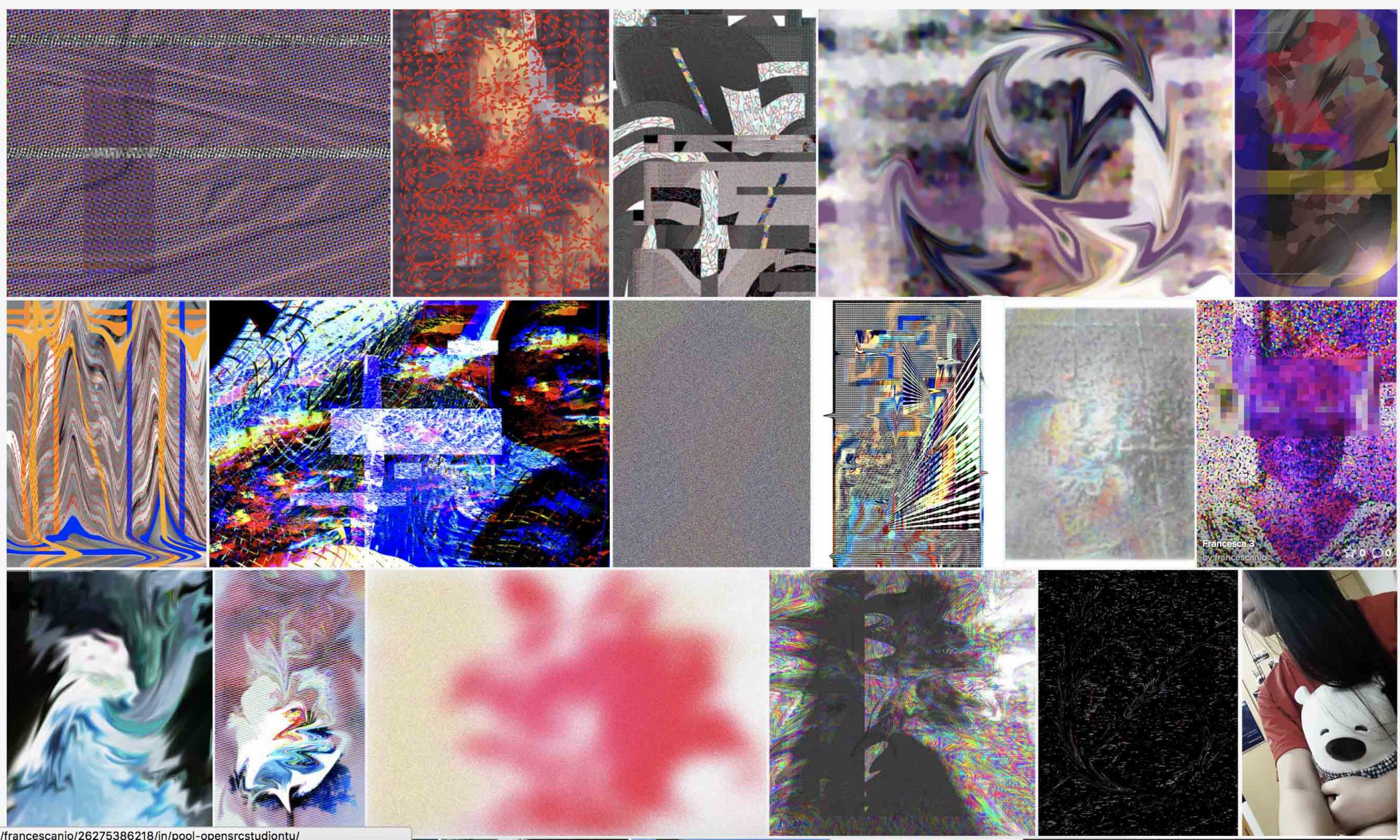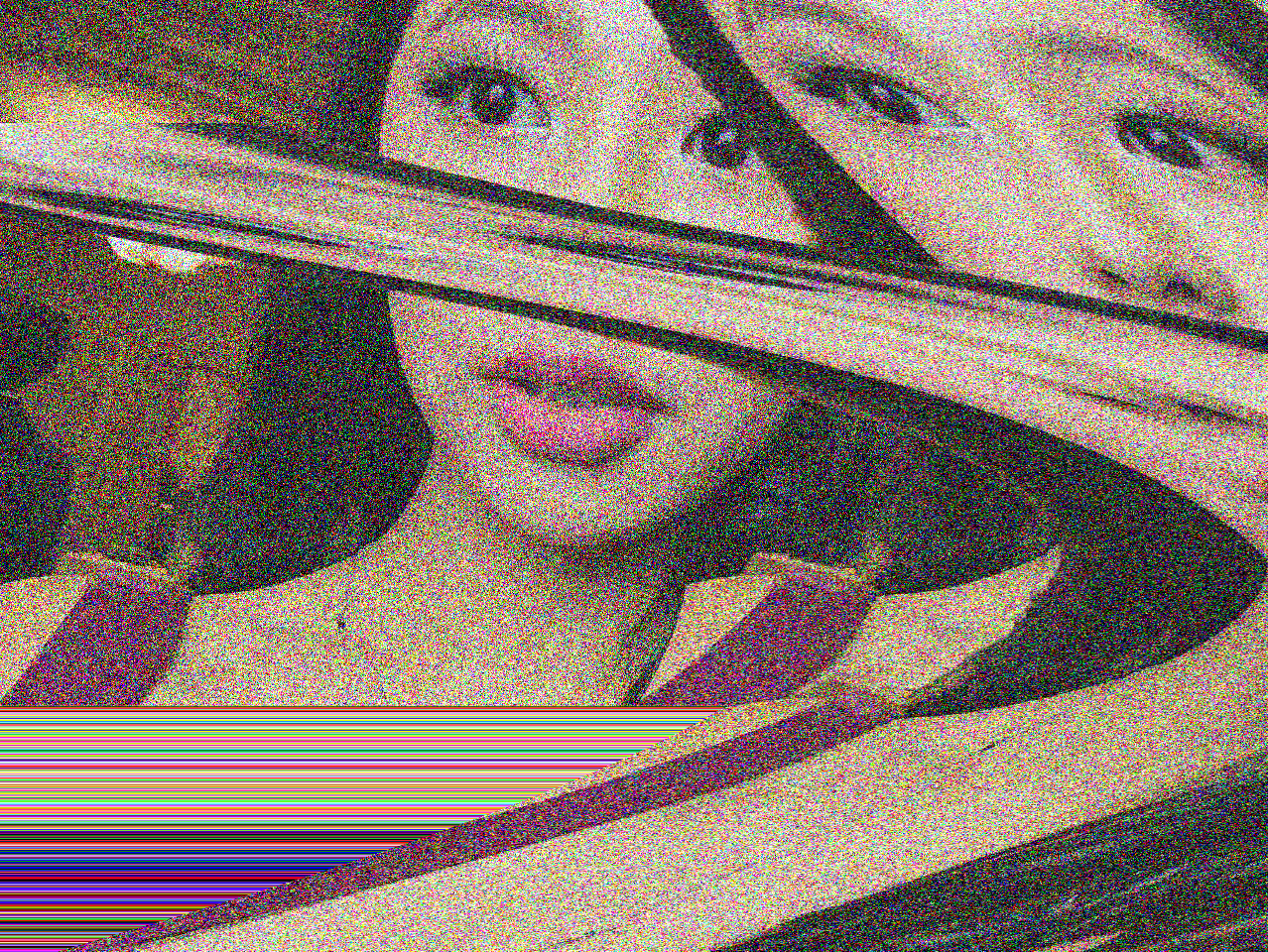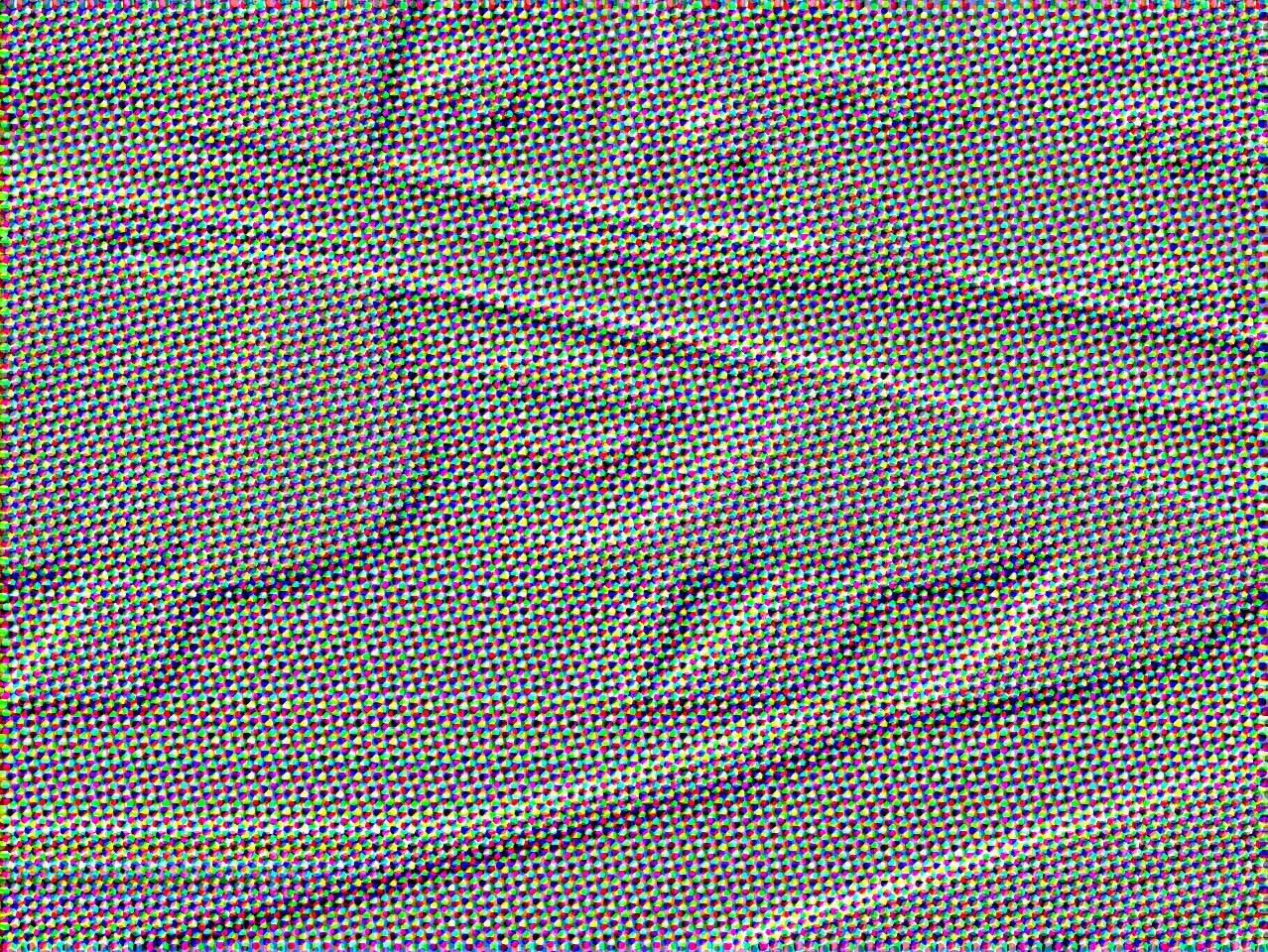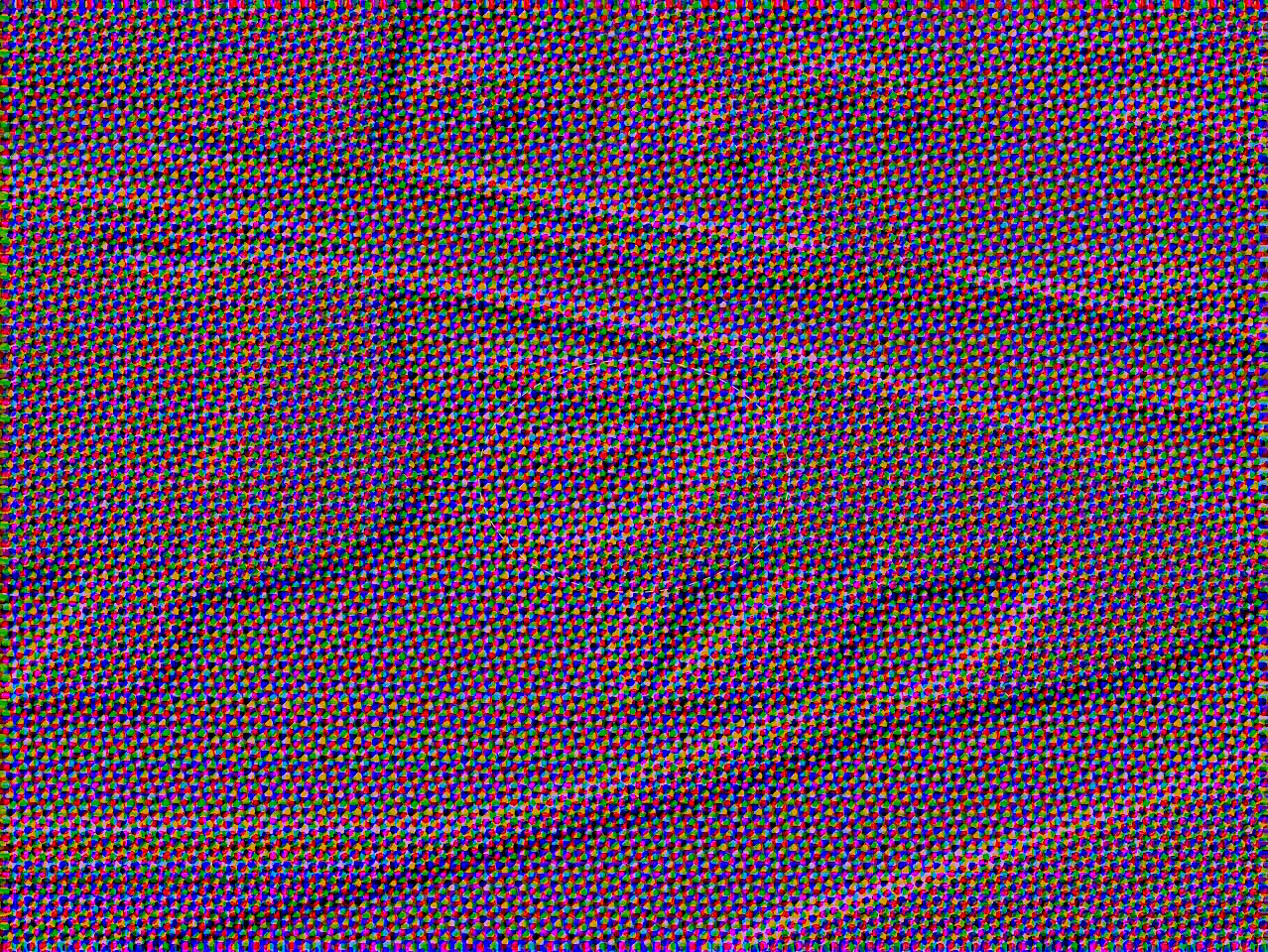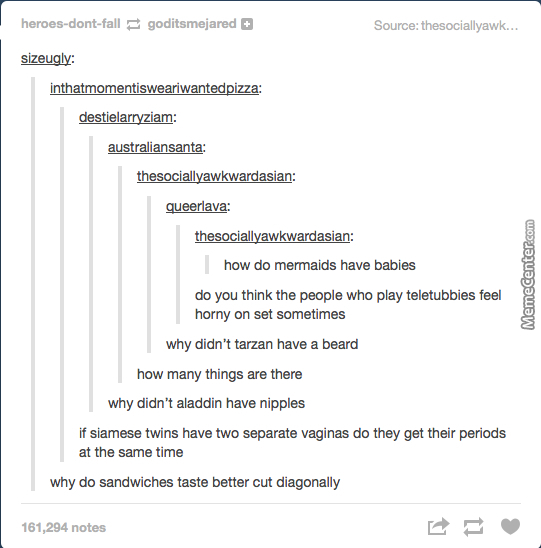DIY and DIWO
For years, it has all been about doing it yourself also known as “DIY”. DIY is not necessarily a bad mindset to have or a bad process to practice but it is certainly not the only option. There is the option of doing it with others, allowing us to not only learn from one another but also build upon the innovations of others. But maybe it is due to the individualism, society keeps encouraging or the fear of losing ownership of our creations that encourages the “DIY” culture. Regardless, doing it yourself is important, it teaches responsibility, a sense of direction, and perseverance. But as I mentioned earlier, there is also the option of doing it with others. This option is equally as edifying but possibly with a larger final creation.
“In 1996 artists Ruth Catlow and Marc Garrett initiated an online platform for collaboration and experimentation, informed by community arts, pirate radio, activism and street art. Inspired by free and open software development they challenged notions of the individual genius artist.”
- – Official Furtherfield Website
DIWO and Furtherfield

This online community is called Furtherfield. And the inspiration led to the ideation of “Doing it with others”, or in another words “DIWO”. This term was officially coined in 2006 by Furtherfield and has inspired so many people and organizations throughout the years of its establishment. This concept of an open collaborative platform that creates thought provoking, creative statement pieces with the help of others has inspired a plethora of people around the world and rewrote an entire mindset focused on the idea of individualism.
Doing it With Others has in a sense inspired the entire conception of Open Source Studio (OSS). Open Source Studio is built upon the foundational ideas of an open online studio for students to share their sources and creations with one another in hopes to inspire and encourage one another through their journey as growing artist. The impact OSS has left upon the students of ADM is profitable not only as students but als.o as we step into the real world. Working with OSS not only introduced me to Furtherfield and their works but also improved my sense of responsibility and the practice of recording my process. I hope to see OSS create further impact on the growth of emerging artists and can not wait to see further impacts Furtherfield will have on our generation.

The “Plantoid” piece introduced to us by Marc Garrett peaked my interest, not only for its beauty but also for the process that created the flower. And with every new flower, there is a set of instructions that the artists must follow, making the flowers unique in their own way. Incorporating something so natural like flora with something so unnatural and man made, is heartwarming. Because it shows that we humans can coexist with nature in a relationship that is neither harmful to one nor advantageous to the other. In a way, it is showing us how we need each other in order to function and survive. Also, the way the flower actually reproduces in different places all over the world is very breathtaking.
DIWO in the Third Space
Many of Furtherfield’s work deals with incorporating the ever-advancing technology into its creations. From the basic use of the open software available on the internet to digital artworks, the affect of DIWO is not just on a physical collaborative level but a digital collective level. Though not a Furtherfield projects, works like “Hole in Space”, “Please Change Beliefs”, and the “World’s Longest Collaborative Sentence” incorporate the ideas of doing it with others in order to create a collaborative piece where not only is the artist the artist but also the people who contributed to its creation.
And not only does doing it with others often lead to the creation of a third space, the process before the doing is also a part of the third space in itself. The online community is a third space while the art works they create also are in the third space. And though we cannot be in the third space and first space simultaneously, we can take away information and skills learned in the third space and apply it to the first space.
DIWO in NTU
Our projects in school though not necessarily labeled DIWO in our school, is built around the ideas of working with other. Majority of our microprojects in our Experimental Interactions class require us to negotiate with our classmates to create works of art. From projects like our Telematic Stroll and the Telematic Embrace, negotiating and doing it with others plays a strong importance in our works.
DIWO in the Future
I can see myself using the ideas in DIWO in my future art pieces, especially those pertaining to my Experimental Interaction class. Especially, because Experimental Interaction class gives its students so many opportunities to really experiment with different media and execution methods. In other classes, the extent of DIWO stops at just bouncing ideas off of each other; however, in Experimental Interaction projects, I can actually incorporate others into the final outcome of my work.
Experience of adobe connect

My experience with Adobe Connect has once again been very successful, and the more I use it, the more I seem to gravitate towards it over other video calling platforms. The connection and quality seems to be very good and even the way multiple people can be online without suffering from discrepancies is a feat on its own. I truly enjoyed this experience and feel that we should have a good balance of classes or projects through Adobe Connect.


